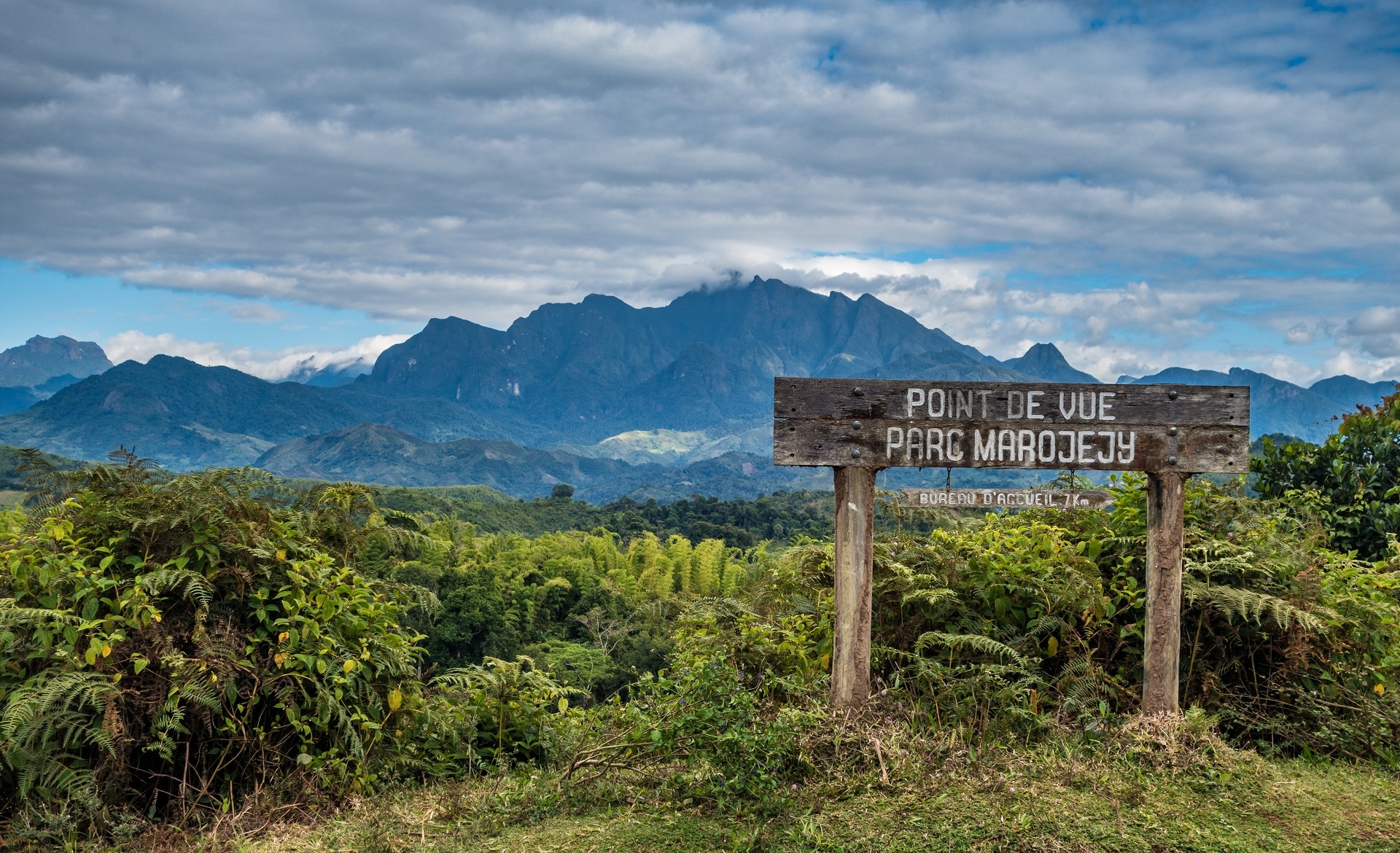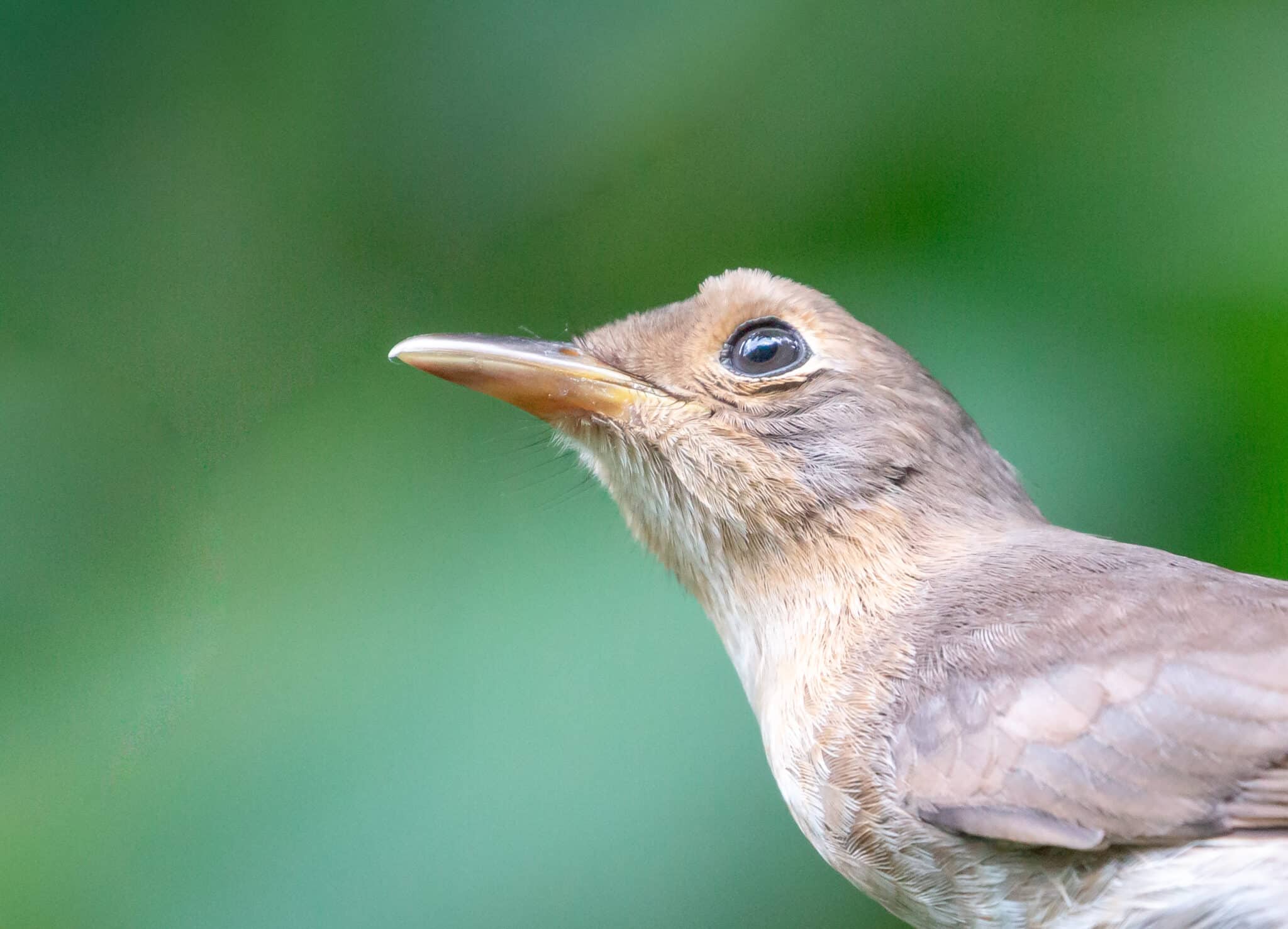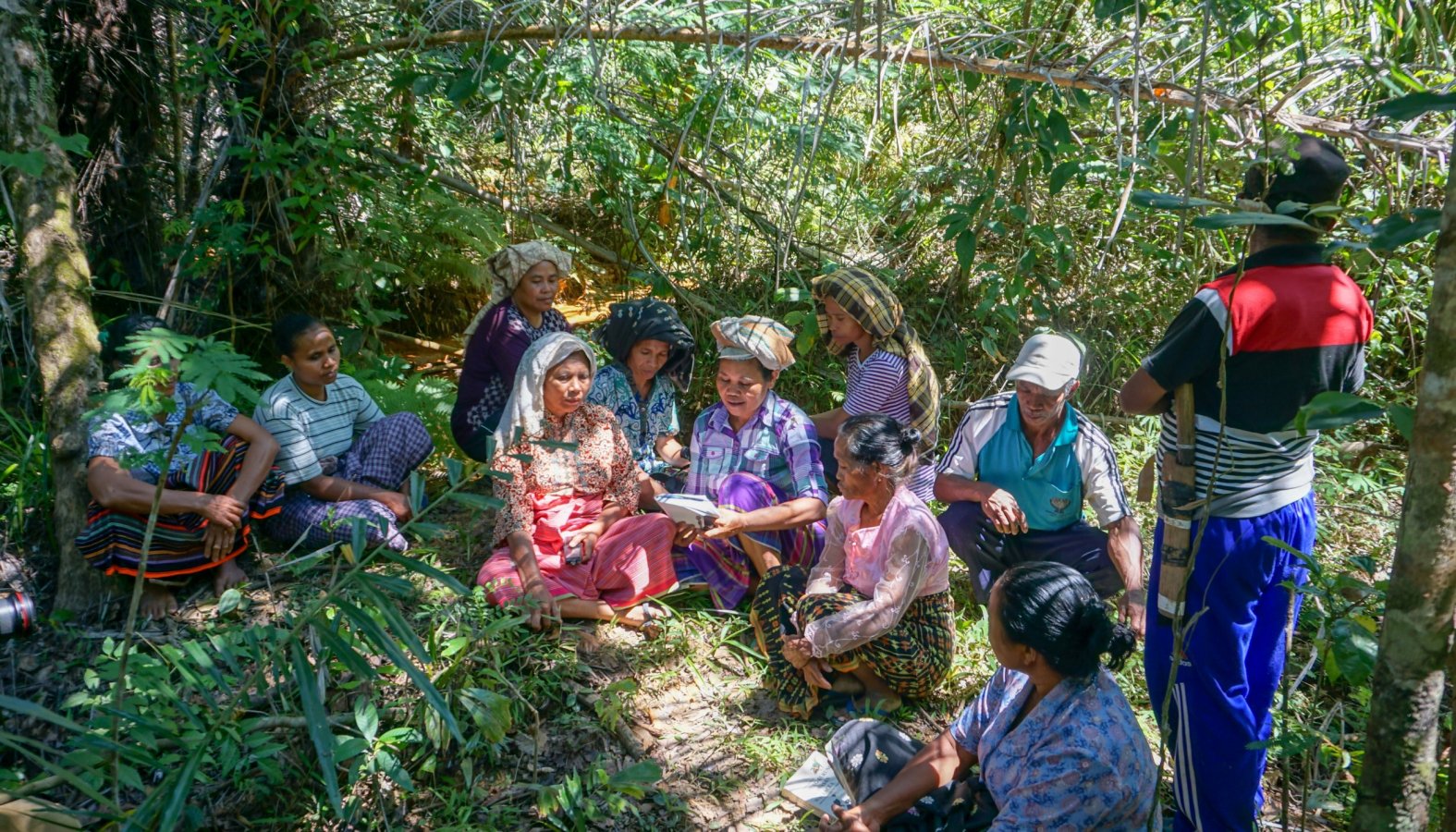Back from the brink
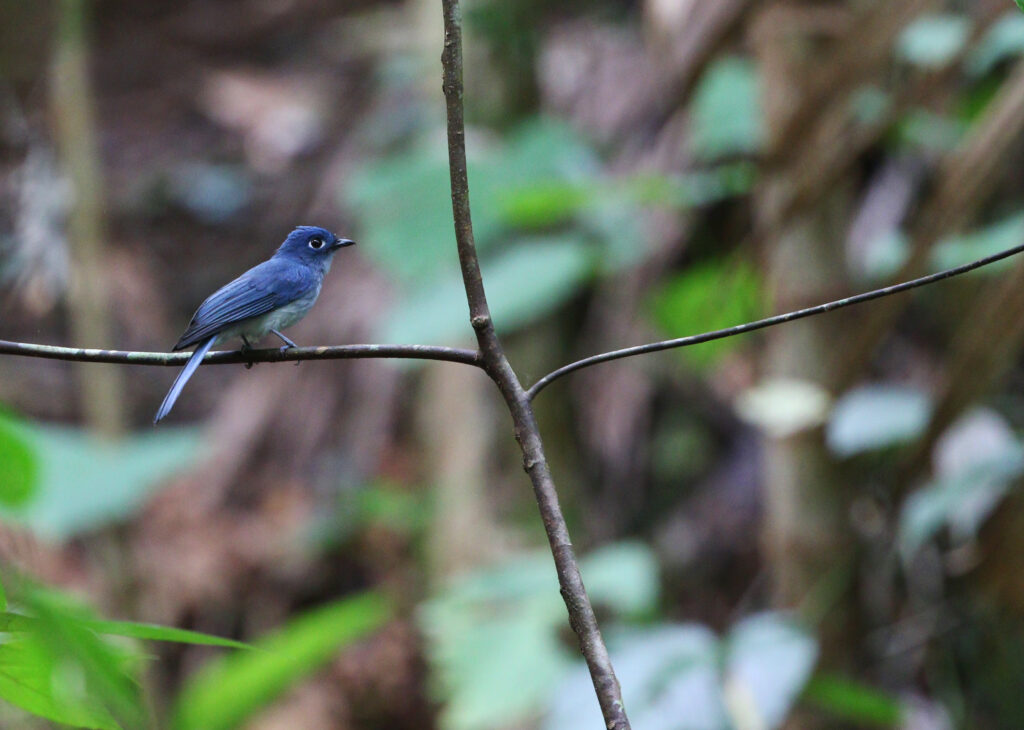
Saving a species on the edge of existence can demand imaginative solutions. In the case of Cerulean Flycatcher, an Indonesian island endemic, it involved working with the local community, changing farming practices and getting a Species Champion on board.
By Ariana Loehr
Header image: The population of Cerulean Flycatcher has recently stabilised © Agami Photo Agency/ Shutterstock
On the slopes of Gunung Sahendaruman, an extinct volcano on
the Indonesian island of Sangihe, groups of women are bent over crops
planted in old tyres and arranged in geometric patterns near their homes. They care tenderly for their chillies, aubergines and spinach, taking breaks to watch their children, laugh with each other and hang out their laundry. Just a few miles away, in the crater of the volcano, a brilliant blue Cerulean Flycatcher flits around the dense tangle of branches, searching for an insect to catch. Despite being separated by the dense Indonesian rainforest, the fate of this unique species and several others are intricately linked to the women and their gardening.
Classified as Critically Endangered, Cerulean Flycatcher resides solely in primary rainforest on the steep crater walls of Gunung Sahendaruman. The birds forage in the canopy and understorey, looking for insects before returning to their nests along nearby mountain streams. Two other Critically Endangered endemics, Sangihe Golden Bulbul and Sangihe Whistler, also depend on the same primary forest, and appear to avoid secondary forests altogether. However, the whistlers seem slightly more particular than the bulbuls, preferring thickets of rattan along the volcano’s ridgetop. The tiny extant population of Sangihe White-eyes are partial to patches of Pandanus (screw pine), where they can pick insects off the long slender leaves. With all four of these endemic bird species being highly selective of their habitats, any loss of primary forest on the mountain can make a large dent in their populations.
Over the last three years, Burung Indonesia (BirdLife Partner), in collaboration with the Indonesian government’s local Forestry Office, has been working to help communities around the Sahendaruman forest transition to permaculture – sustainable and self-sufficient agricultural ecosystems. What initially started as subsistence farming on the rich soils of the forest expanded to include cash crops, such as chillies and tomatoes, which required forests to be cleared.
By offering permaculture as a viable alternative livelihood to local people, Burung Indonesia has gained community trust, while successfully securing the forest border. Thanks to these efforts, Cerulean
Flycatcher now has a stable population, while the other endemic species are also benefitting from increased forest protection. There is renewed hope that the flycatcher’s extinction can be prevented and that a similar conservation approach can be replicated to help people and bird populations in other parts of Indonesia.
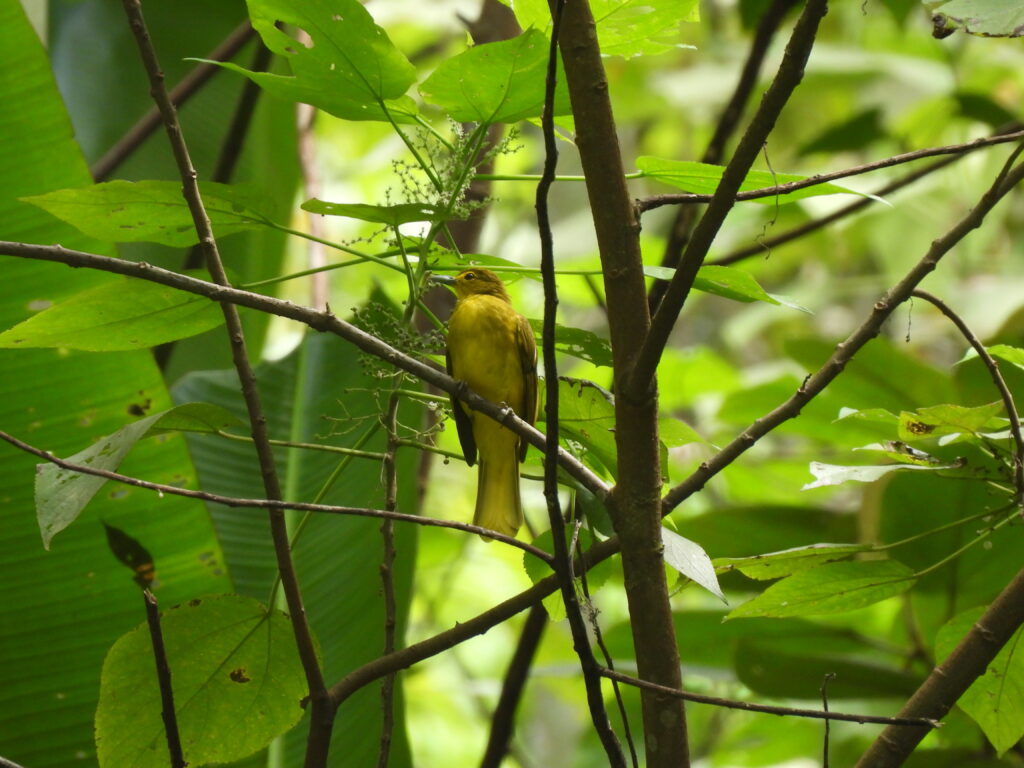
Humble Beginnings
The pressures faced by Sangihe’s endemic bird populations began with the need to feed people and the resulting expansion of farming activity. The villages around Sahendaruman understood the stress that they were putting on the forest and its clearance had already affected the endemic birds.
For more than a century, Cerulean Flycatcher was known only from the type specimen, and was presumed extinct when searches in 1985 and 1986 failed to locate it. The species’ survival was confirmed in 1998, however, when birds were located in deep valleys inside Sahendaruman’s crater, and Burung Indonesia and BirdLife International stepped in to protect it and the other endemic species that rely on the island’s forests.
As the women arrived at the first permaculture meeting in the village centre, there were already excited murmurs about the project. In recent years there has been a shift in the aspirations of the younger generation. Young women no longer want to hike the five steep and muddy kilometres back and forth from the forest every day just for agricultural work. So, when the permaculture programme was first introduced, women in the villages surrounding the forest jumped at the opportunity. Not only would their commute into the forest be eliminated, but by having a garden right outside their homes, they could also tend to household chores while looking after their plants.
The initial meetings in the villages of Ulung Peliang, Lelipang and Kauhis attracted almost 100 people. Smaller working groups were then established, and they received training on permaculture practices. The groups established nurseries in each village to house the crops before they could be transferred to their homes and community gardens. They then used upcycled household items and homemade fertiliser to create
planting media for crops.
In conjunction with home gardens, demonstration plots in each village served as a place where the communities could experiment and learn. The communal learning process and adaptability of this project has been instrumental in gaining credibility in these villages.
The elders and men in the community have been equally enthusiastic about the permaculture project. “It not only provides activities for the women, but also supplies and meets the needs of the families,” says Burung Indonesia’s Adi Widyanto. “The women got respect from their men, who managed to sell their harvest.” The feeling that this programme has benefitted all members of the community – women, men and children – has been a game changer for Burung Indonesia. As Adi says, “It’s been a champion activity from the start. There were no difficulties or opposition.”
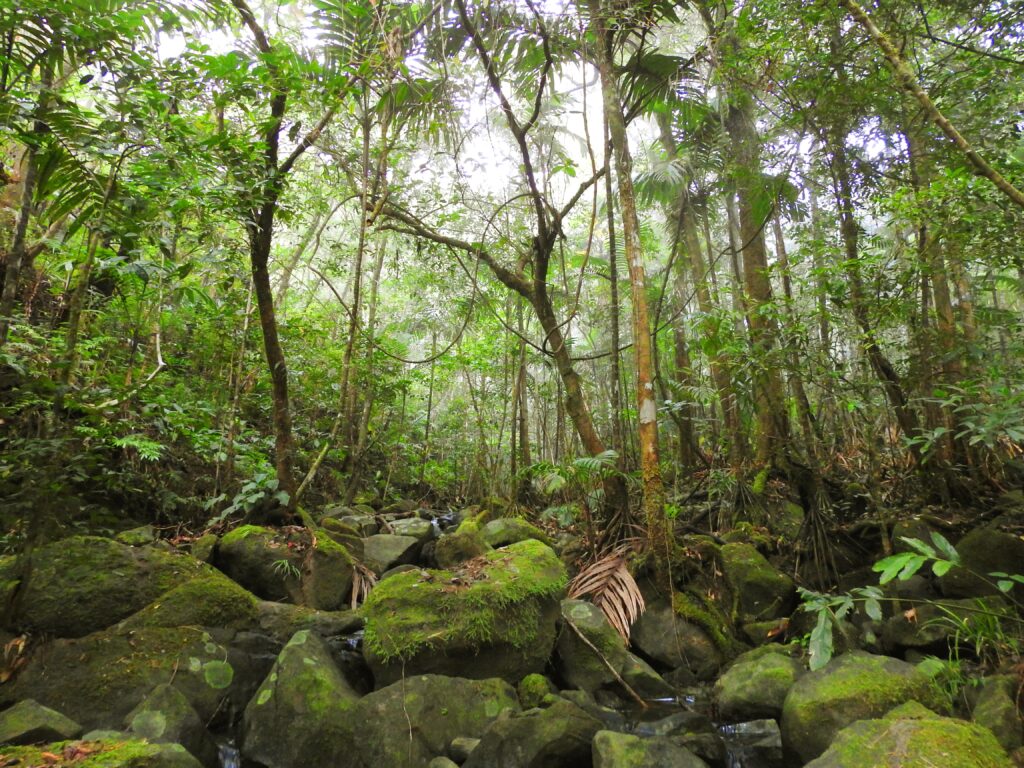
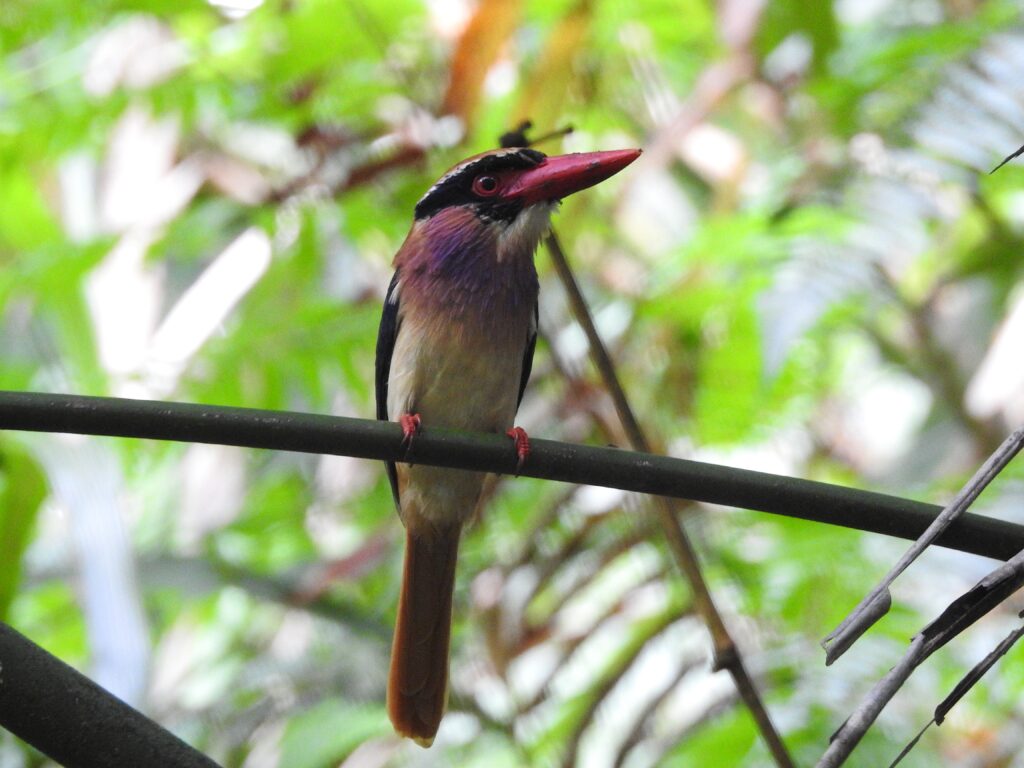
Towards community stewardship
Adding to the success of the permaculture activity is the acceptance of designated forest boundaries and the development of Village Resource
Management Agreements (VRMAs). Armed with GPS devices, members of two villages around the Sahendaruman forest worked with the local
government’s forest management unit to observe where agricultural land ends and forest begins.
In return for their help in safeguarding this boundary, there is an understanding that the forest management unit accepts the community’s stewardship of the forest. Moreover, the VRMAs take this one step further by giving the communities and local government concrete guidelines about forest use and village goals.
Protection Forests (such as Sahendaruman), by Indonesian law, are still allowed to have some level of human activity within them. In the case of Sahendarum, villagers will still be able to apply for social forestry permits for the use of non-timber products to meet their needs sustainably.
The communities seem satisfied with this land use agreement. There is a strong understanding of the value of forests, particularly in recent years. Adi Widyanto explains: “The forest as a whole has become their concern. With climate change, the water supply varies between months, especially when there is drought in the dry season, which has worsened over the last 10 years.” The people in these villages are also well aware of the landslides and floods that have accompanied forest loss. “These disasters,” he noted, “created awareness of the urgency of protecting the remaining forest.”
Early on, the Burung Indonesia team made efforts to explain the interconnectedness of the ecosystem and how the forest wouldn’t function well without the birds. “And actually, they were aware [of] that,” explains Adi. “It’s just that birds were not their immediate concern.” Instead, he believes that what has helped make the VRMAs so successful is how they address the communities’ concerns about farming and flooding with the practical activity of permaculture. The villagers see how it helps them, and the protection of the birds is an added incentive, exemplifying how partnerships that help people are essential for helping nature.
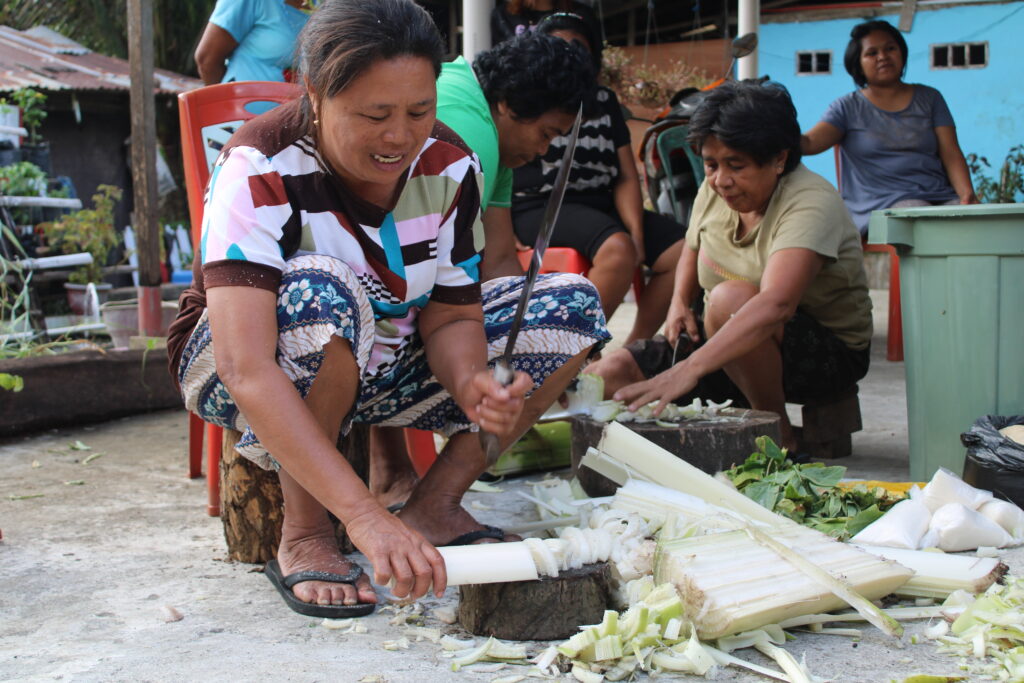
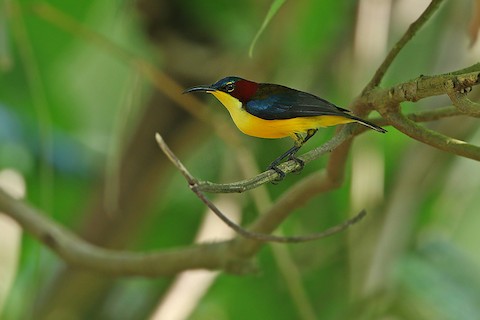
The way forward
Since the spread of settlements and farming across Sangihe, the island’s endemic bird species have been limited to small patches of primary rainforest on the south side of the island. Until the introduction of Village Resource Management Agreements and the permaculture project, the populations of these birds continued to decline. Now, a tragic fate for the birds no longer seems to be written in the stars.
A recent survey yielded positive results for Cerulean Flycatcher – a bird that gained notoriety from its rarity and elusiveness. There has been a slight increase in population size from previous years. While the species remains Critically Endangered, this is a good sign of population stability.
On the other hand, there have not been significant changes in the population size (in either direction) of Sangihe Golden Bulbul, Sangihe
Whistler and Sangihe White-eye. There are still fewer than 100 individuals of each of these three species. The constant threat of extinction means that forest protection and restoration will continue
to be important for conserving these four Critically Endangered endemic bird species – along with a host of other threatened species.
This project is still in its early days, so the next step for Burung Indonesia and the Local Forestry Office is to create additional habitat in areas that
were previously forested. Restoring barren patches of forest will also help reduce the number of natural disasters, such as landslides and flooding, protecting both the birds and villages. Expanding the forest habitat should also allow the endemic bird populations to increase. For the time being, however, Burung’s permaculture project has at least given the birds an initial leg up.
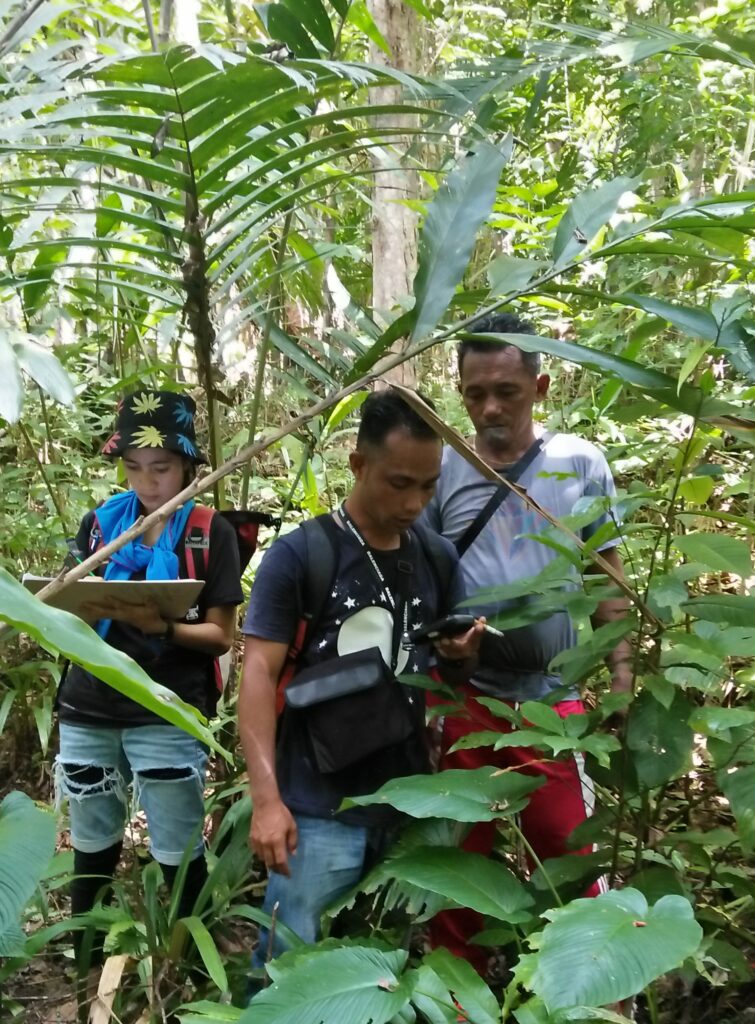
Thank you to Peter Eerdmans a BirdLife Species Champion for Cerulean Flycatcher, who remains optimistic about the prospects for the species. “If Cerulean Flycatcher, in my lifetime, is downlisted from Critically Endangered to something better, that would feel like a personal contribution that I’ve helped to make.” If you would like to find out how you could become a Species Champion, click here for more information.
